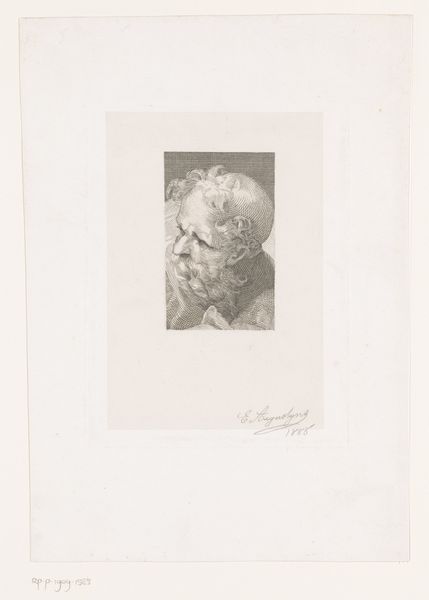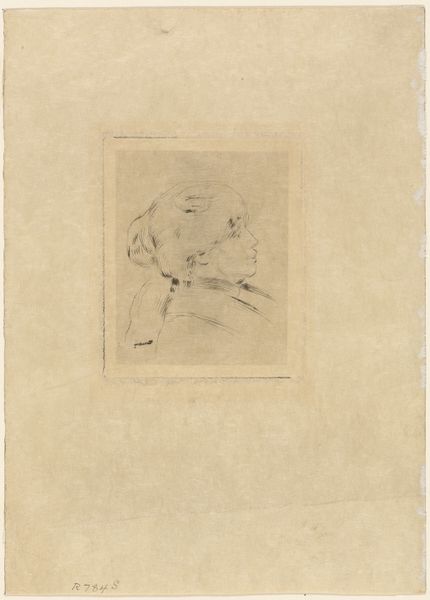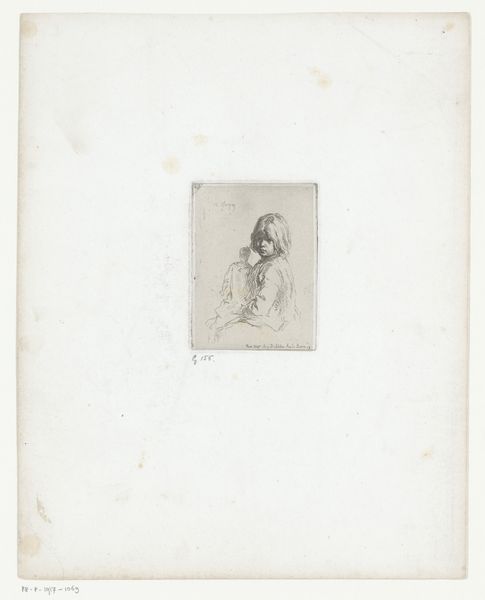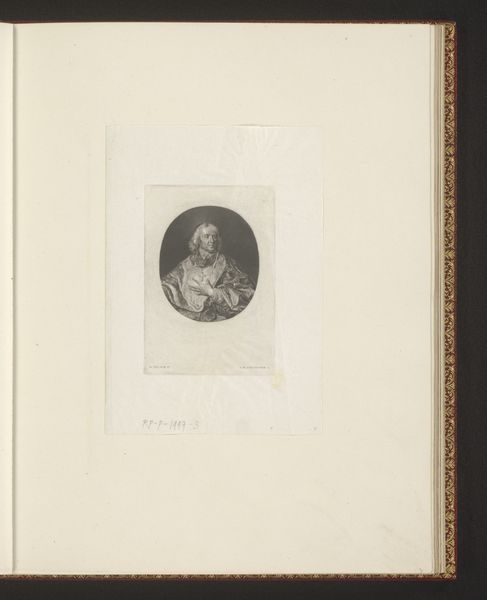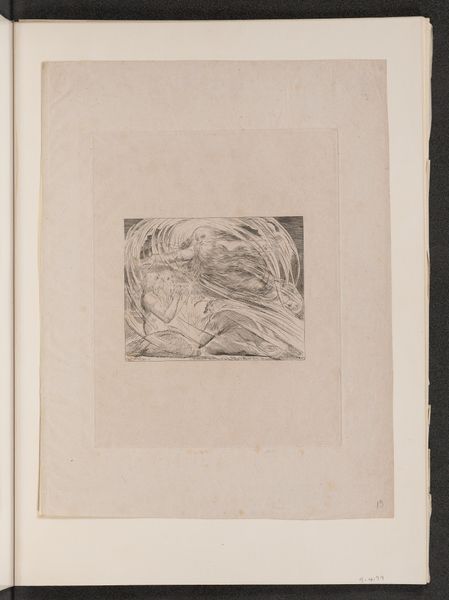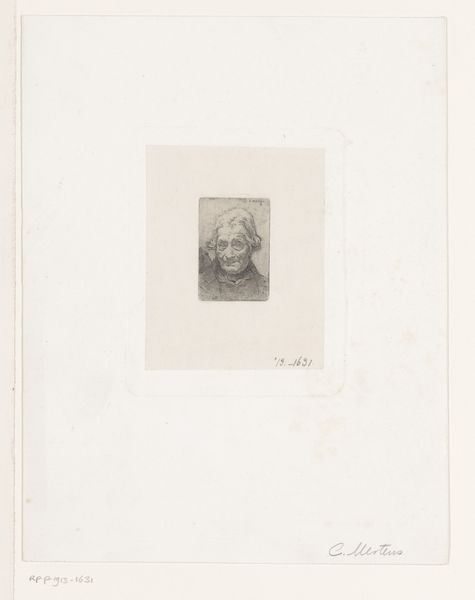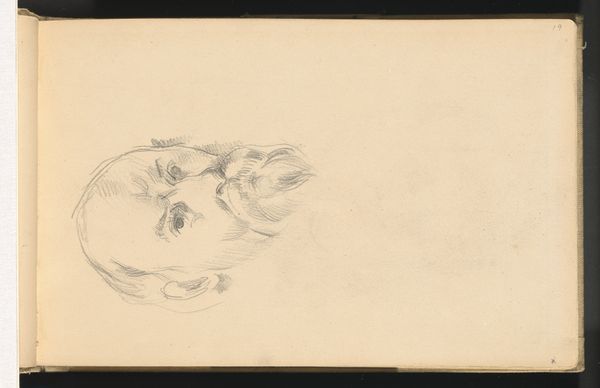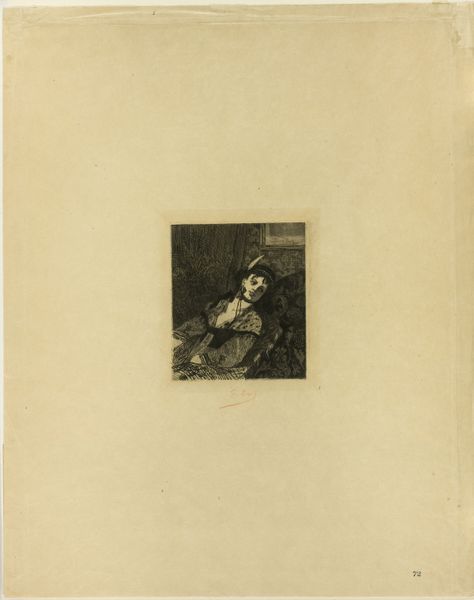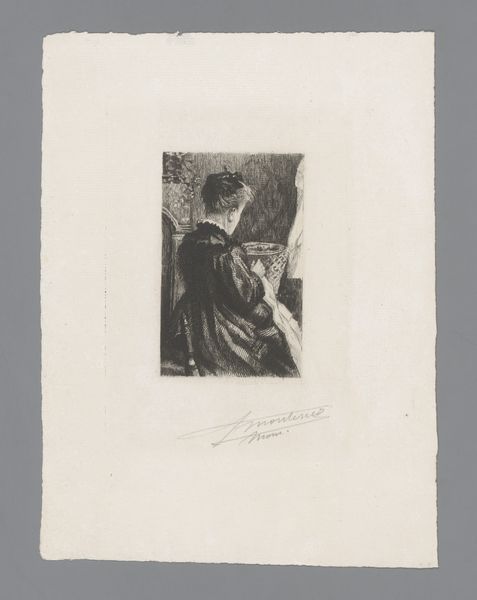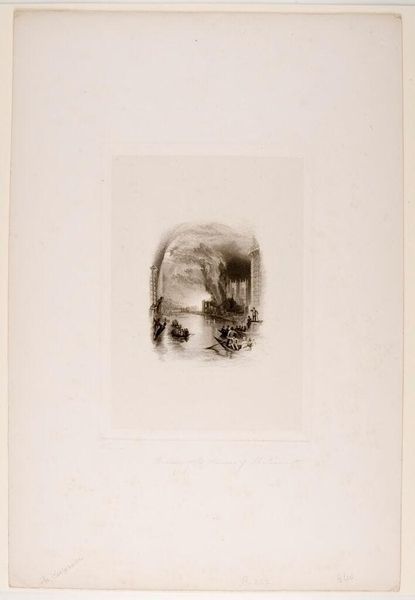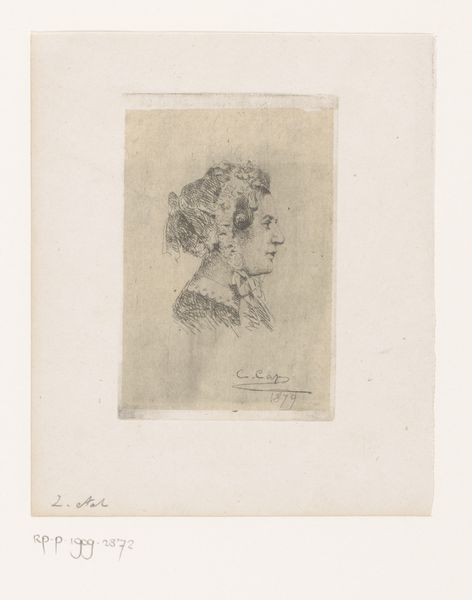
drawing, print, engraving
#
portrait
#
drawing
#
neoclacissism
#
self-portrait
# print
#
engraving
Dimensions: Plate: 5 5/16 × 4 5/16 in. (13.5 × 11 cm) Sheet: 11 5/16 × 8 7/16 in. (28.7 × 21.5 cm)
Copyright: Public Domain
Curator: Before us, we have Dominique Vivant Denon’s Self-Portrait, an engraving that dates back to 1780. Editor: It's striking how Denon captures such an intense gaze with seemingly minimal lines. There's a certain vulnerability mixed with shrewdness in his eyes that's immediately arresting. Curator: Absolutely. As a self-portrait created during the Neoclassical period, we see a return to classical ideals of order and clarity, though rendered with a distinct personal touch. Self-portraits, particularly during this era, served to broadcast not just an image but an intended persona. Editor: That's what I find interesting here—the chosen persona. Considering Denon's later role as Napoleon’s art advisor, and his influence in shaping the Louvre, how does this carefully crafted self-image play into the narratives of power and cultural control being constructed at the time? Curator: The act of self-representation always involves selecting what to reveal and what to conceal. Denon presents himself with a thoughtful yet perhaps slightly detached expression. Notice the soft rendering of his hair, contrasting with the piercing look in his eyes—an image of intellectual capacity but also perhaps worldliness. The face in the portrait is almost floating on a blank paper, thus symbolizing not the world the painter knows, but one in the artist's mind, almost a philosophical representation, a man trying to think a way out of a given issue or situation. Editor: And what are we to make of that gaze looking back at us? I am interested in the act of witnessing, particularly how images invite speculation about intention, power, and control. Curator: That is an extremely modern perception and one which has the ring of truth when you reflect on our modern media environment. Here the gaze reflects a world being created and then carefully maintained to justify that new world to generations of viewers. Editor: Perhaps a tool for crafting legitimacy then, not only for himself but for the cultural empire he would later help to build under Napoleon. Fascinating. Curator: Indeed. It prompts one to think about how much the self we project, whether through art or social roles, serves as a constructed image deeply embedded in a socio-historical tapestry. Editor: It certainly illuminates the complicated dance between artistic expression, identity, and political machinations. Thank you, this helps us see a lot of nuances to the painting.
Comments
No comments
Be the first to comment and join the conversation on the ultimate creative platform.
